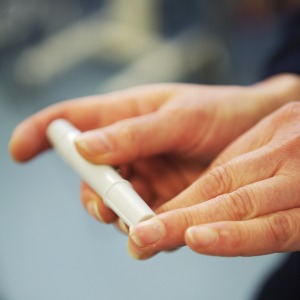Diabetes targets ‘do more harm than good’, say researchers

Treatment targets should be abandoned for all patients with type 2 diabetes who have a HbA1c of less than 9% as patient preferences are much more important at this stage, say researchers.
The study – published this week in JAMA Internal Medicine – found that patient views about their treatment are the most important determinant of their benefits in moderate hyperglycaemia.
The study simulated the effect of HbA1c lowering on different groups of patients with type 2 diabetes drawn from the National Health and Nutrition Examination Study.
They found improving glycemic control could provide ‘substantial benefits’, especially for younger patients. Treatment that lowered HbA1c levels by one percentage point provided benefits ranging from 0.77 to 0.91 QALYs for simulated patients who received a diagnosis at age 45 years to 0.08 to 0.10 QALYs for those who received a diagnosis at age 75 years.
But across all ages, patients who viewed treatment as more burdensome experienced a net loss in QALYs from treatments to lower HbA1c level.
The study said: ‘For example, even for a 45-year old witha HbA1c level of 8.5%, insulin therapy can easily result in net harm for someone with a moderate dislike of insulin therapy.’
The study concluded that GPs were ‘failing’ their patients if they did not take into account patients’ views and preferences of their treatments.
It said: ‘Once moderate control of HbA1c level (9%) is achieved, patient’s views of the burdens of treatment are the most important factor in the net benefit of glucose – lowering treatments.’
Visit Pulse Reference for details on 140 symptoms, including easily searchable symptoms and categories, offering you a free platform to check symptoms and receive potential diagnoses during consultations.










